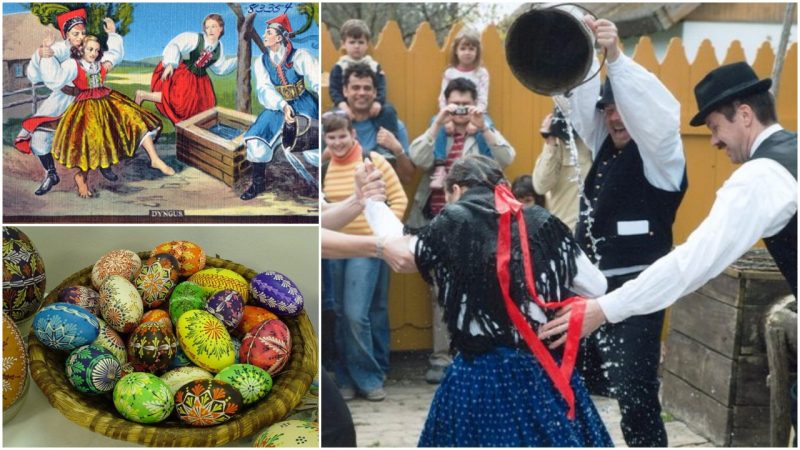Easter is one of the most important holidays of the Christian faith. At the same time, it is one of the oldest holidays that the Christian Church celebrates. Some Easter rituals across the world can be traced back to their pagan origins.
Every country in which the resurrection of Christ is celebrated has its own Easter traditions and rituals. Perhaps one of the most amusing, is the Polish celebration called Śmigus-dyngus, also known as Wet Monday, or Dyngus Day, as Polish Americans call it. Śmigus-dyngus takes place on Easter Monday, and it involves boys pouring water over girls and spanking them with willow branches.
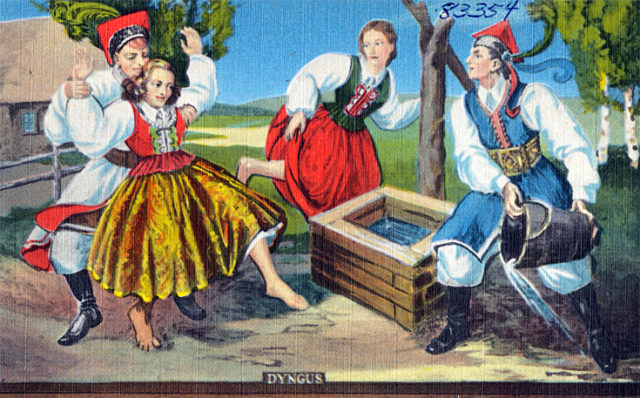
The origins of this quirky ritual are not completely known. Earliest written records about it come from the 14th century, but it can be traced back to pre-Christian times and the celebration of the March equinox. The word “dyngus” is probably of Germanic origin. In German, “Dingeier” means “the eggs are owed” and “Dingnis” means “ransom”. Śmigus-dyngus is performed in most of the western Slavic countries, including Hungary. This suggests that the celebration’s origin could be found in Slavic mythology. Most likely, the ritual has something to do with Ziva (Siwa) – the Slavic goddess of life and fertility.
Old Slavs used to symbolically soak a corn dolly (Corn Mother) in water. The dolly was kept over the winter, and then its grain was mixed with the corn seed in spring. They believed that this would ensure a successful harvest. As Christianity began to spread in Poland, the dygnus celebration and other pagan practices got mixed in with some Christian holidays such as Easter Monday.
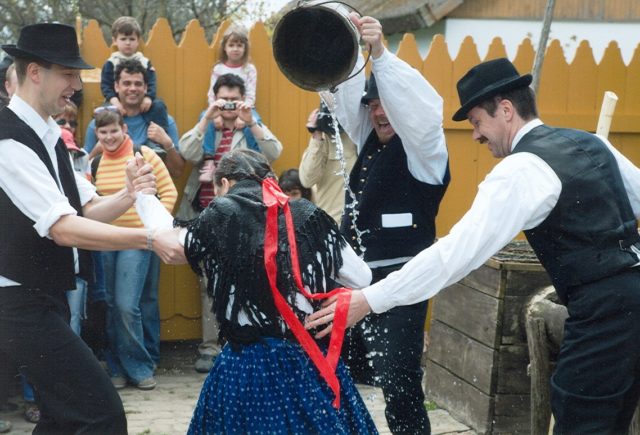
The whole celebration sounds like a prank. Traditionally, during the morning on Easter Monday, a boy would sneak up into the home of the girl he likes and pour a bowl of water over her while she’s still sleeping and then spank her legs with a willow branch.
While doing this, the boy would usually sing a rhyme: “Dyngus, dyngus, po dwa jaja; nie chcę chleba tylko jaja!” The translation of this rhyme is: “Dyngus, dyngus, for two eggs; I don’t want bread, only eggs!”
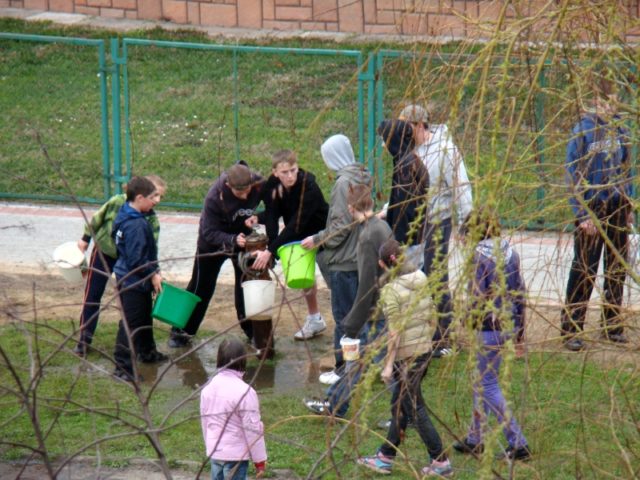
After the initial watering is done, the girls are taken outside and poured with some more water. Sometimes they even carry a girl while she is still in the bed and throw her in a body of water together with the bed. Sounds like a lot of fun for the boys, but don’t worry, girls get to do the same the following day, and sometimes on the same day.
Those girls who have more suitors usually get soaked several times during the day. Luckily, there is a way out from getting soaked. A girl can bribe boys by giving them some painted eggs called “pisanki.”
The Pisanki are considered to be magical, bringing the owner a nice relationship and childbirths. The water during this ritual is used symbolically; it is supposed to evoke spring rains that are needed for a good harvest.
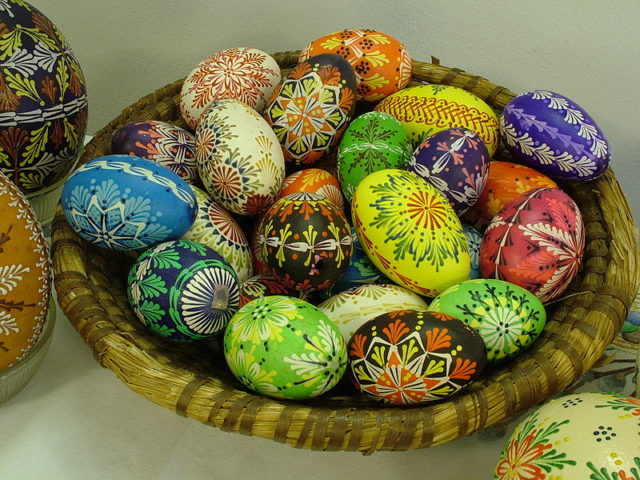
The willow branches are actually an alternative to palm leaves that are used in other places during the Easter celebrations. Palm leaves aren’t available in Poland, so instead, they use willow branches blessed by a priest on Palm Sunday. When people whip each other with the branches, they usually chant: “Nie ja bije, wierzba bije, za tydzień, wielki dzień, za sześć noc, Wielkanoc;” which means, “It’s not me who strikes, the Willow strikes, in a week, holy week, in six nights, Easter!” It is believed that these sanctified willow branches bring happiness and health to the family; they also prevent lightning strikes and protect animals. In the older days, people used to swallow three willow buds during Palm Sunday to ensure their good health over the year.
Śmigus and dyngus used to be two separate rituals. Śmigus was the act of pouring water over a person (oblewanki) and dyngus involved the bribing with eggs (pisanki). After a while, these two rituals merged. The Christian Church wasn’t very fond of the Śmigus-dyngus celebration and have made many attempts to stop it, probably because of its pagan origins. In 1440, the Bishop of Poznań made an edict called “Dingus Prohibitur,” in which he advises people not to “pester or plague others in what is universally called Dingus.”
Besides the rituals mentioned above, a procession is also held on Easter Monday or Tuesday. The parade performed by a group of boys is called “chodzenie po dyngusie” (going on the dyngus), or “z kogutkiem” (with the cockerel).
The parade is sometimes “with the cockerel” because, during the procession, a live rooster is taken, stuffed with grain and vodka and forced to sing louder. In modern days, a wooden rooster is used instead of a live one. As a symbol of fertility, the rooster is carried door-to-door around the village on a decorated two-wheeled wagon.
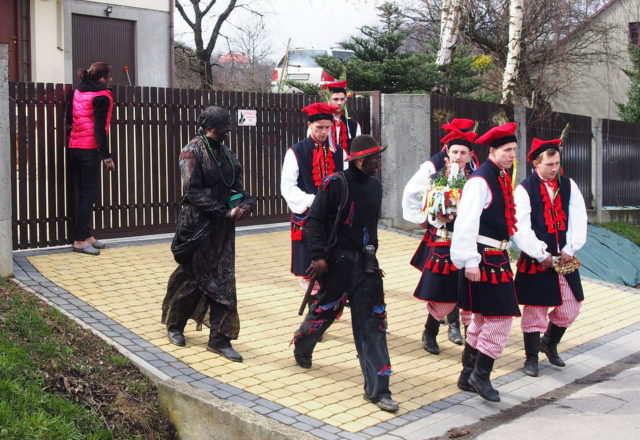
When the boys approached a home, they would crow like roosters and sing some dyngus song. In return for the songs and good wishes, the boys received Easter eggs, ham and sausages as presents.
Easter is coming soon and boys and girls in Poland are surely preparing for this year’s water-soaking spectacle.
